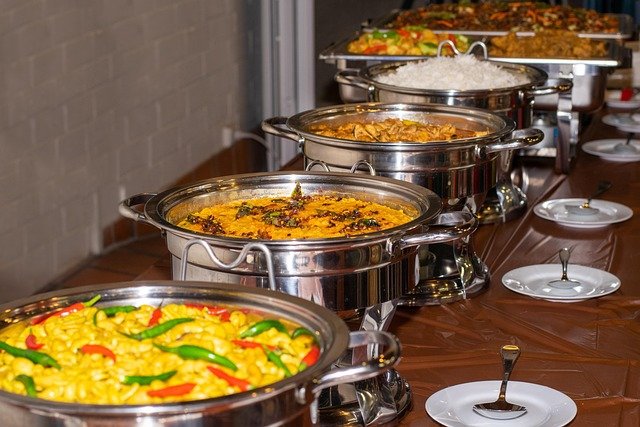Appetizers: Practical Ideas for Parties and Home Cooking
Appetizers set the tone for a meal or gathering, offering a small taste that prepares guests for what follows. Whether you’re hosting a casual get-together or assembling a formal multi-course dinner, appetizers help manage pacing, introduce flavors, and accommodate varied dietary needs. Good planning for appetizers reduces last-minute stress: choose items that can be prepped ahead, balance hot and cold options, and aim for a mix of textures and tastes. This article covers selection, cooking methods, party considerations, and adaptable recipes to help you build an appetizer spread that fits your time, budget, and guest preferences.

appetizers for every occasion
Choosing appetizers depends on the event’s scale and formality. For small dinners, a couple of composed bites—such as crostini with toppings or stuffed mushrooms—can be enough. For larger parties, finger foods that guests can eat while standing are preferable: skewers, sliders, and bite-sized tarts work well. Consider timing too: early arrivals might appreciate lighter, fresh options while later guests may prefer heartier, warm items. Think about transport and holding: cold platters travel easily while warm items need insulated carriers or last-minute reheating. Matching portion sizes to the length of the event prevents waste and keeps the flow of the meal.
Food selection and seasonality
Selecting ingredients that are in season improves flavor and often lowers cost. Spring and summer favor fresh vegetables and herbs for chilled spreads, while autumn and winter invite roasted vegetables, warm dips, and baked pastries. Balance richer options (cheese, fried bites) with lighter choices (vegetable crudités, citrusy ceviche) so guests can mix and match. Also be mindful of local produce and pantry staples—using what’s readily available in your area reduces complexity. When shopping, prioritize items that keep well ahead of time (root vegetables, cured meats) and save perishable assembly steps for the day of the event.
Cooking techniques to simplify prep
Efficient cooking methods make appetizer prep manageable. Roasting concentrates flavor with minimal hands-on time; toss items on a sheet pan and let the oven do the work. No-cook options like marinated salads, cured fish, and cheese boards remove stovetop constraints. Use a slow cooker or warming tray to hold dips at safe serving temperatures. Batch techniques—such as making a large batch of filling for multiple crostini or using the same roasted vegetable across two different bites—reduce effort. Invest in mise en place: chop, portion, and label ingredients in advance so assembly is quick when guests arrive.
Party planning with varied recipes
Planning an appetizer menu for a party means thinking through guest flow and service style. For cocktail-style gatherings, ensure easy-to-eat, single-bite options and place small trash receptacles nearby. For seated meals, pre-plate or serve a few shared platters to the table. Aim for variety: include vegetarian and protein-focused choices, a hot and a cold option, and at least one gluten-free or allergy-considerate item. Portioning guidelines help: plan for approximately 6–8 appetizer-sized pieces per guest if a full meal follows, or 12–15 pieces per guest if appetizers are the main offering. Keep serving utensils and labels for allergen awareness.
Recipes for dietary needs
Inclusive recipe choices let more guests enjoy the spread. For vegetarian options, consider grilled vegetable skewers with herb sauces, stuffed mini peppers, or savory tartlets using dairy or plant-based cheese. For gluten-free appetizers, use polenta rounds, rice paper rolls, or lettuce cups. Protein-forward choices like spiced shrimp, meatballs, or smoked fish cater to hip-pocket appetites. Offer clear labels indicating common allergens (nuts, dairy, shellfish, gluten). Many recipes can be adapted: swap wheat-based crumbs for gluten-free alternatives, or replace dairy with nut-based or soy products while keeping texture and flavor balance.
Conclusion
A thoughtful appetizer plan enhances any gathering by introducing flavors, accommodating needs, and easing kitchen workload. Focus on seasonal food choices, efficient cooking techniques, and varied recipes to cover different tastes and dietary requirements. With a mix of make-ahead and freshly assembled items, your appetizer spread can be both practical and memorable, helping the rest of the meal unfold smoothly without excessive last-minute work.






